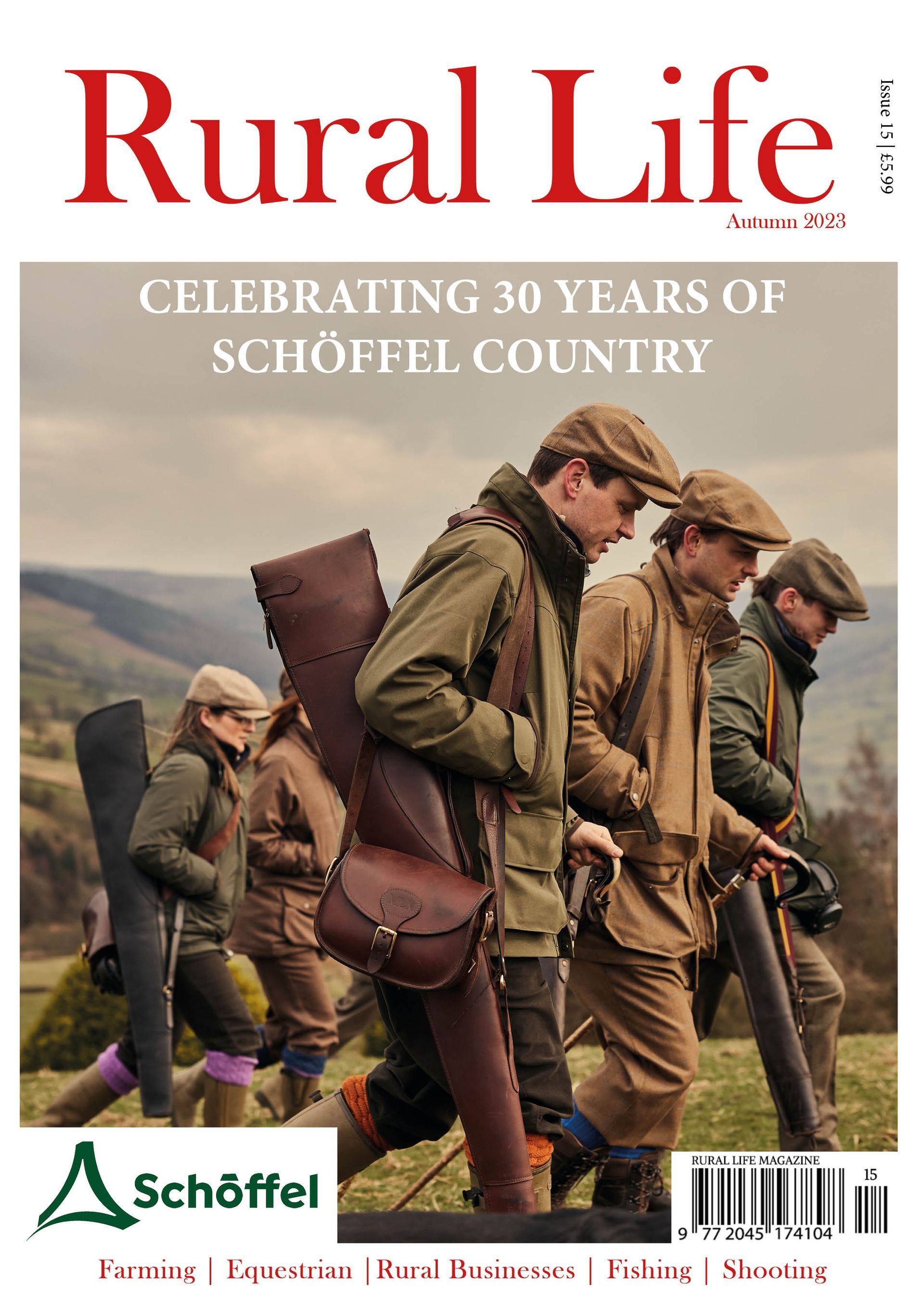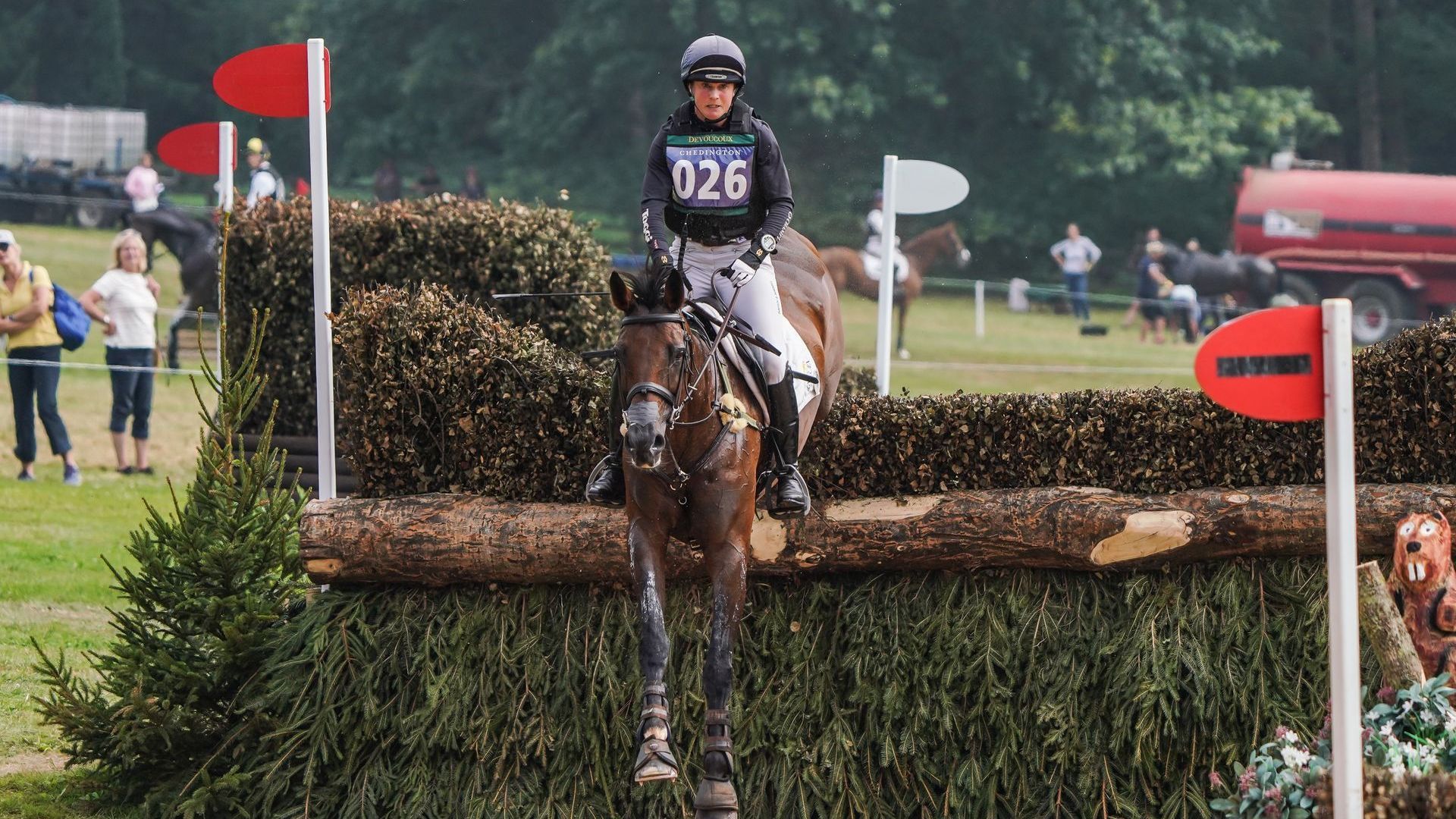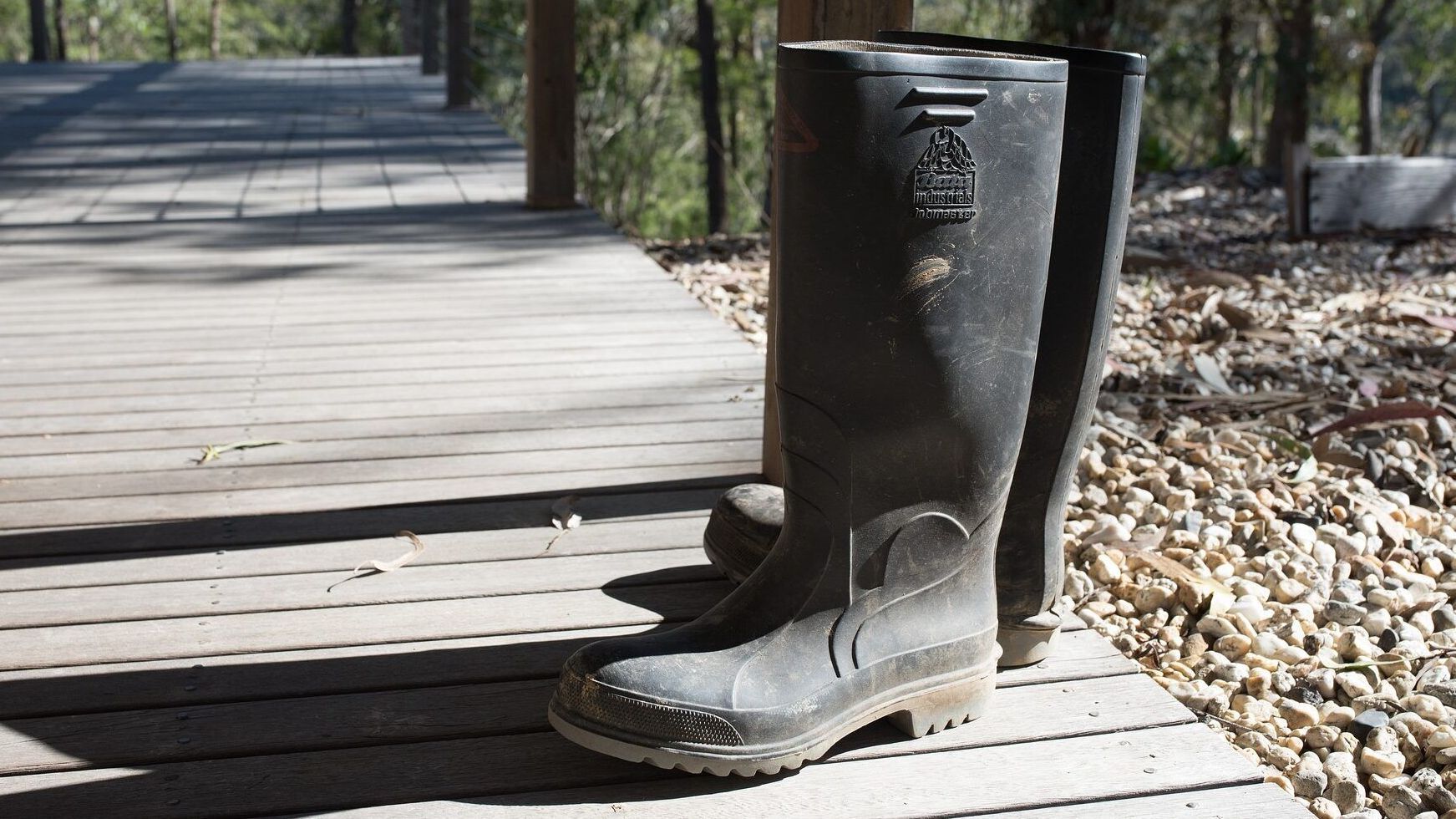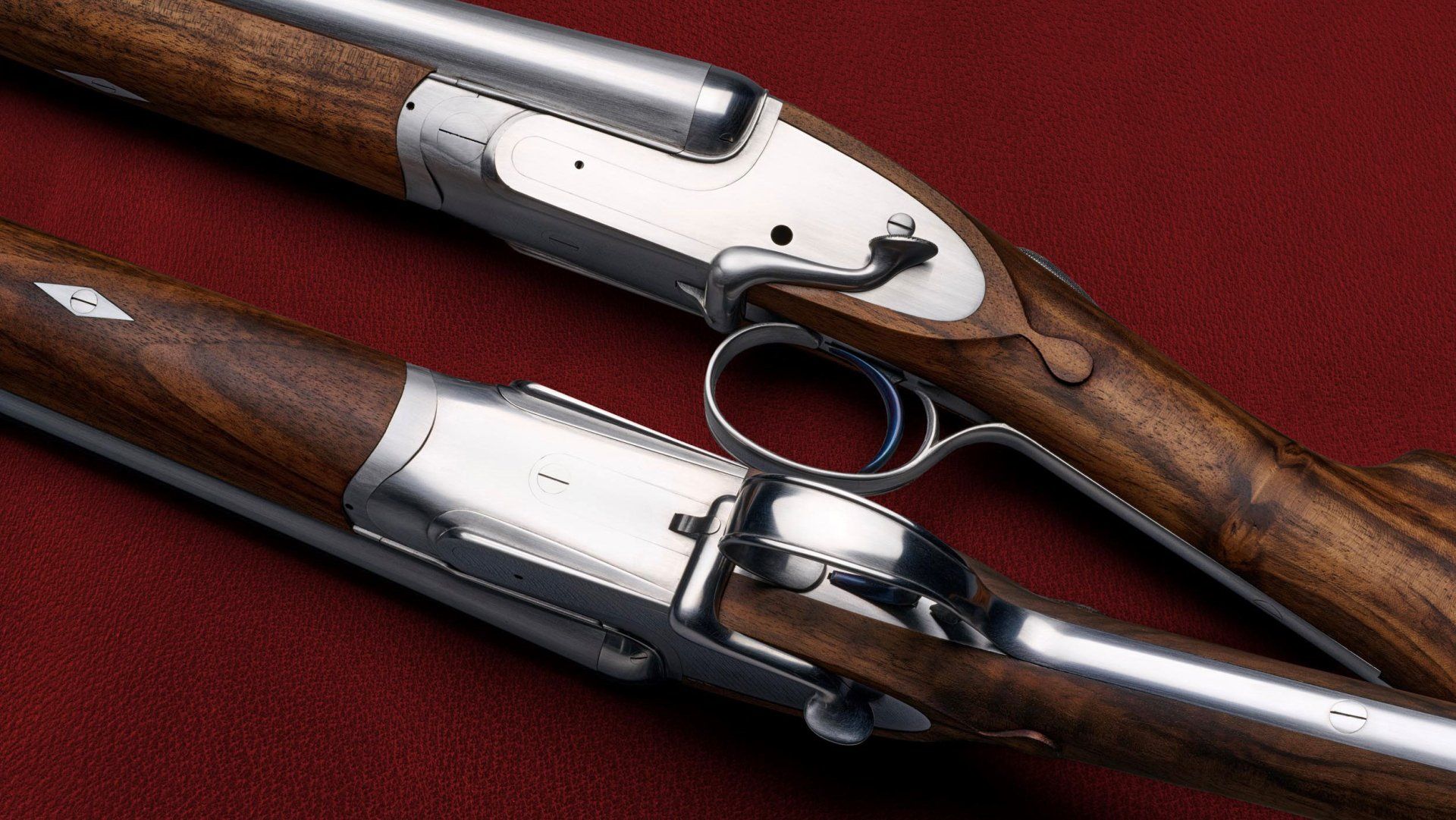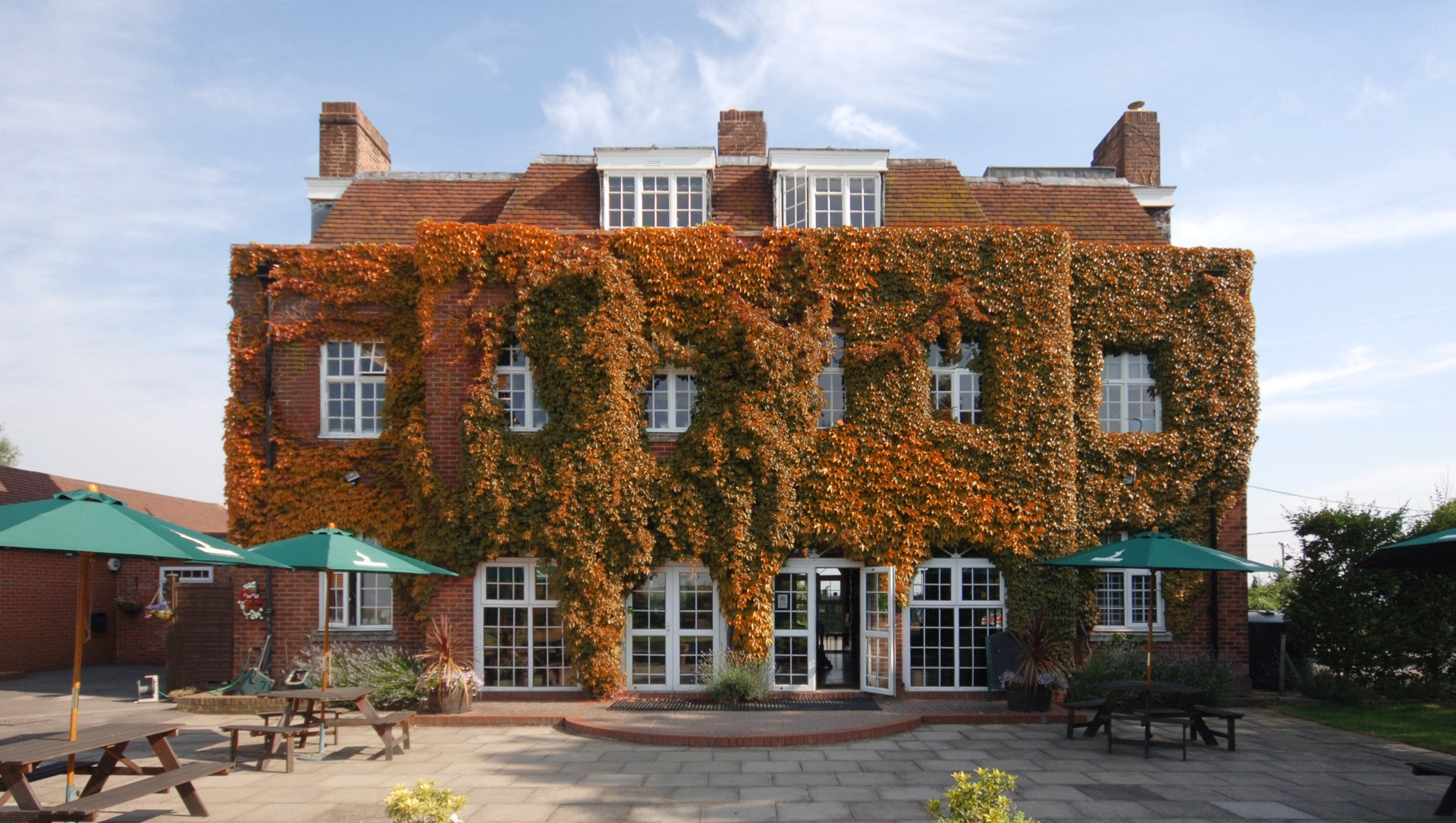Illegal killing major cause of death in Hen Harriers
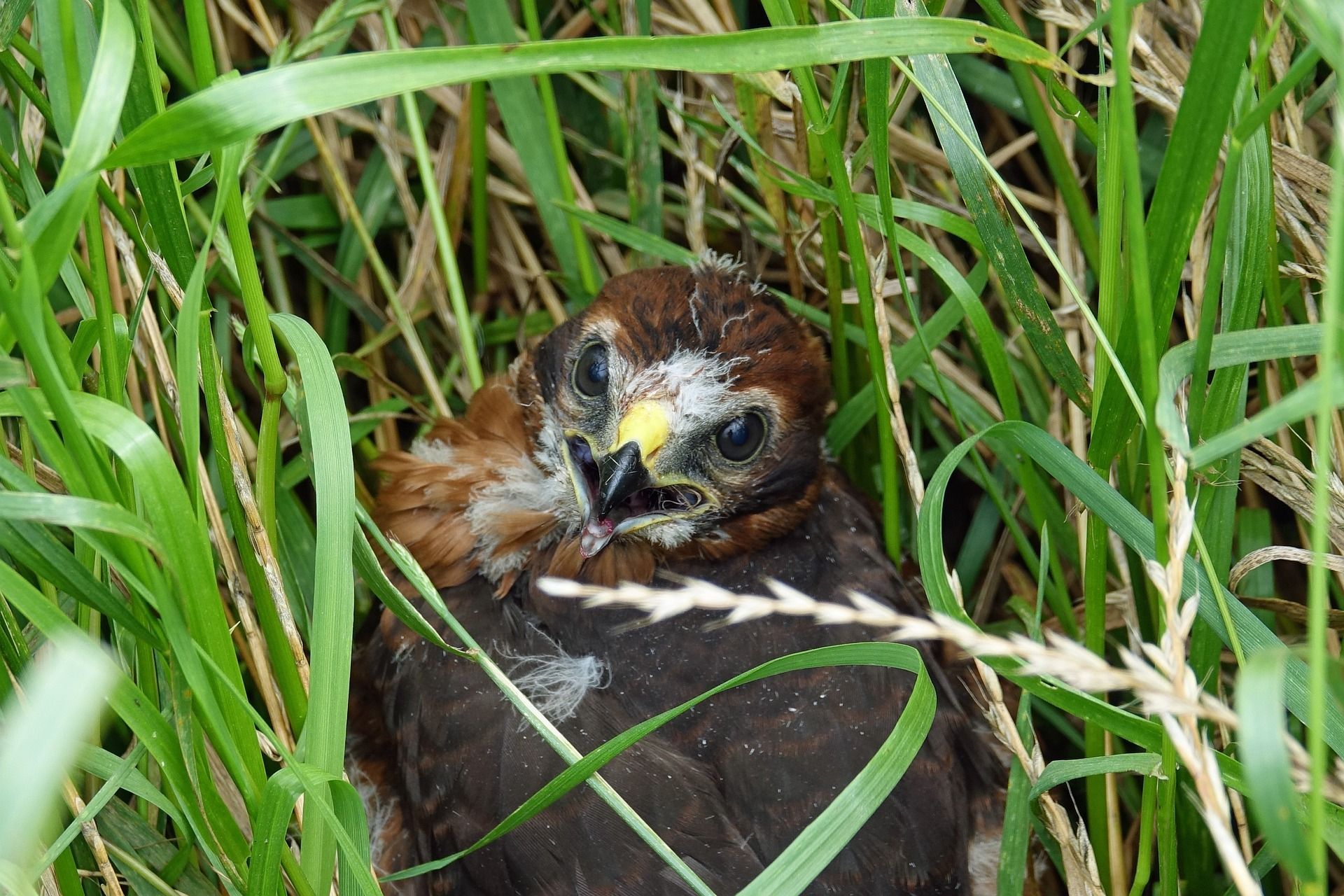
Illegal killing is the main cause of death in Hen Harriers aged between one and two years of age, and a major cause of deaths in birds under one year, according to a new paper, published in the journal Biological Conservation, and led by the RSPB.
Using data from the largest tracking programme for Hen Harriers globally, the authors discovered that individuals tracked by the project were typically living just 121 days after fledging. The risk of dying as a result of illegal killing increased as harriers spent more time on areas managed for grouse shooting.
Hen Harriers are on the Red List of birds of conservation concern in the UK, meaning they are one of the country’s most at-risk species. Despite all birds of prey being protected by law since the 1950s and more recently under the Wildlife and Countryside Act 1981, illegal persecution is known to be a serious issues - in 2019, a UK Government study found illegal killing to be the main factor limiting the recovery of the UK Hen Harrier population.
To investigate the survival and movements of Hen Harriers, researchers used satellite tracking devices. Whilst these tags provide critical insights into the ecology of the species and aid in conservation, they can also be used to recover dead individuals, thus allowing the cause of death to be identified.
Between 2014 to 2020, RSPB and partners fitted satellite transmitters to juvenile Hen Harriers at nests across Scotland, England, Wales, and the Isle of Man, deploying tags on 148 individuals funded through the Hen Harrier LIFE project. The team looked at survival rates, causes of death whether natural or through illegal killing, and associations between mortality and land managed for grouse shooting.
Annual survival was low, especially among birds under one year old (males: 14%; females: 30%), with illegal killing accounting for 27-41% of birds under one year, and 75% of mortality in birds aged between one and two years. Not enough birds survived over 2 years to estimate mortality due to illegal killing for adults.
The authors found multiple strands of compelling evidence that illegal killing is attributed to management for grouse shooting. A 10% increase in grouse moor use was associated with a 43% increase in mortality.
There was also a strong overlap between the extent of mortality in 20km squares and the area of grouse moor, with hotspots of illegal killing identified in northern England and northeast Scotland. In contrast, there were no clear associations between use of grouse moors and death due to natural causes.
Steven Ewing, RSPB Senior Conservation Scientist and lead author of the study said: “Hen Harriers have been legally protected in the UK for almost 70 years, but this study adds to the already overwhelming evidence base that illegal killing remains a key cause of this species’ low population size and its ongoing absence from large areas of the uplands, particularly grouse moors”.
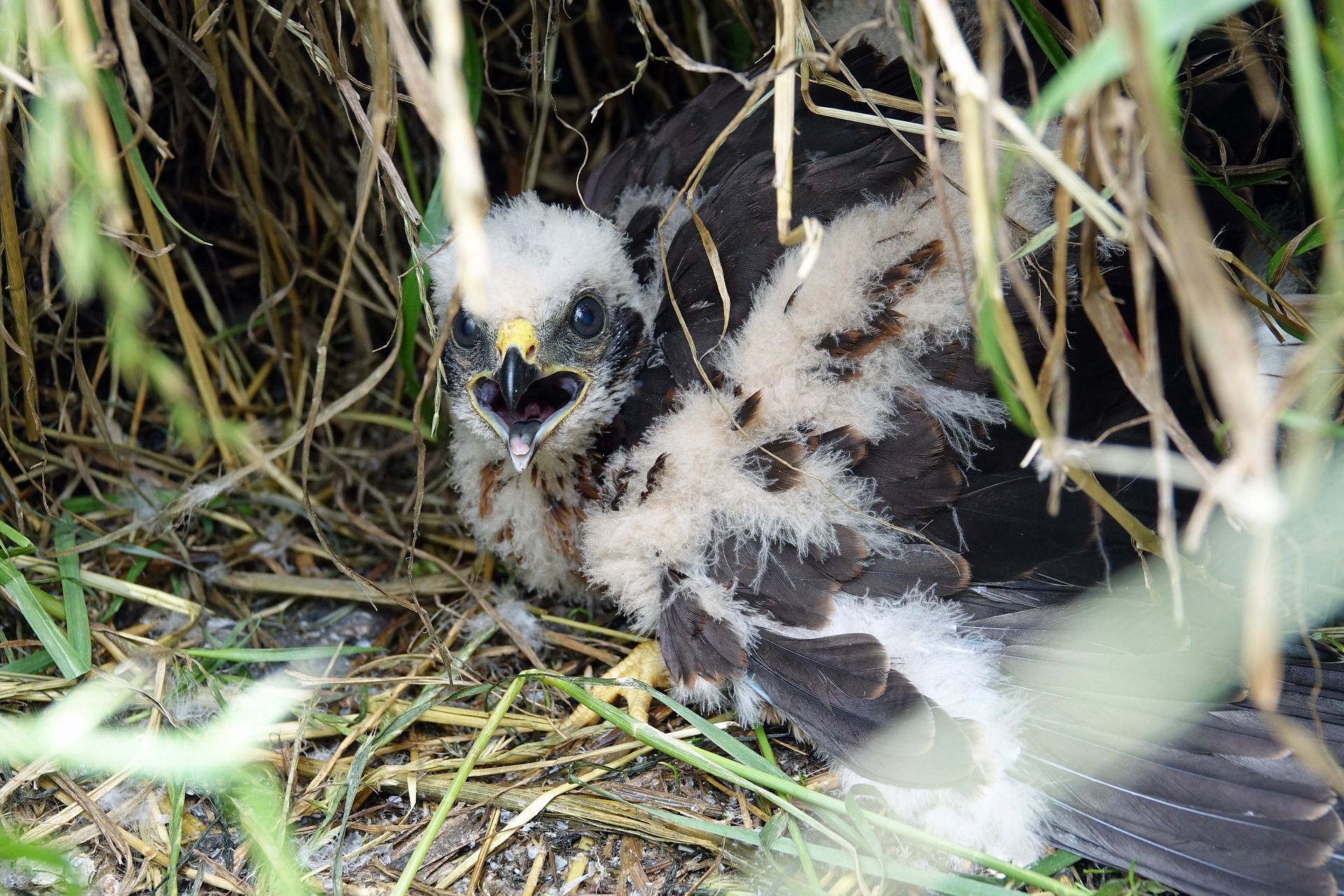
The RSPB’s specialist Investigations team gathers evidence of raptor crime, and works alongside other groups, organisations and the police in order to investigate wildlife crimes.
Mark Thomas, RSPB Head of Investigations UK said:
“In the past year alone we know that 21 Hen Harriers have been illegally killed or gone missing in Northern England, in connection with land managed for grouse shooting. One bird is understood to have had its head pulled off while still alive. Illegal persecution is unacceptable, criminal and it would be an act of gross neglect and irresponsibility for the government to ignore what is happening.”
Read more:
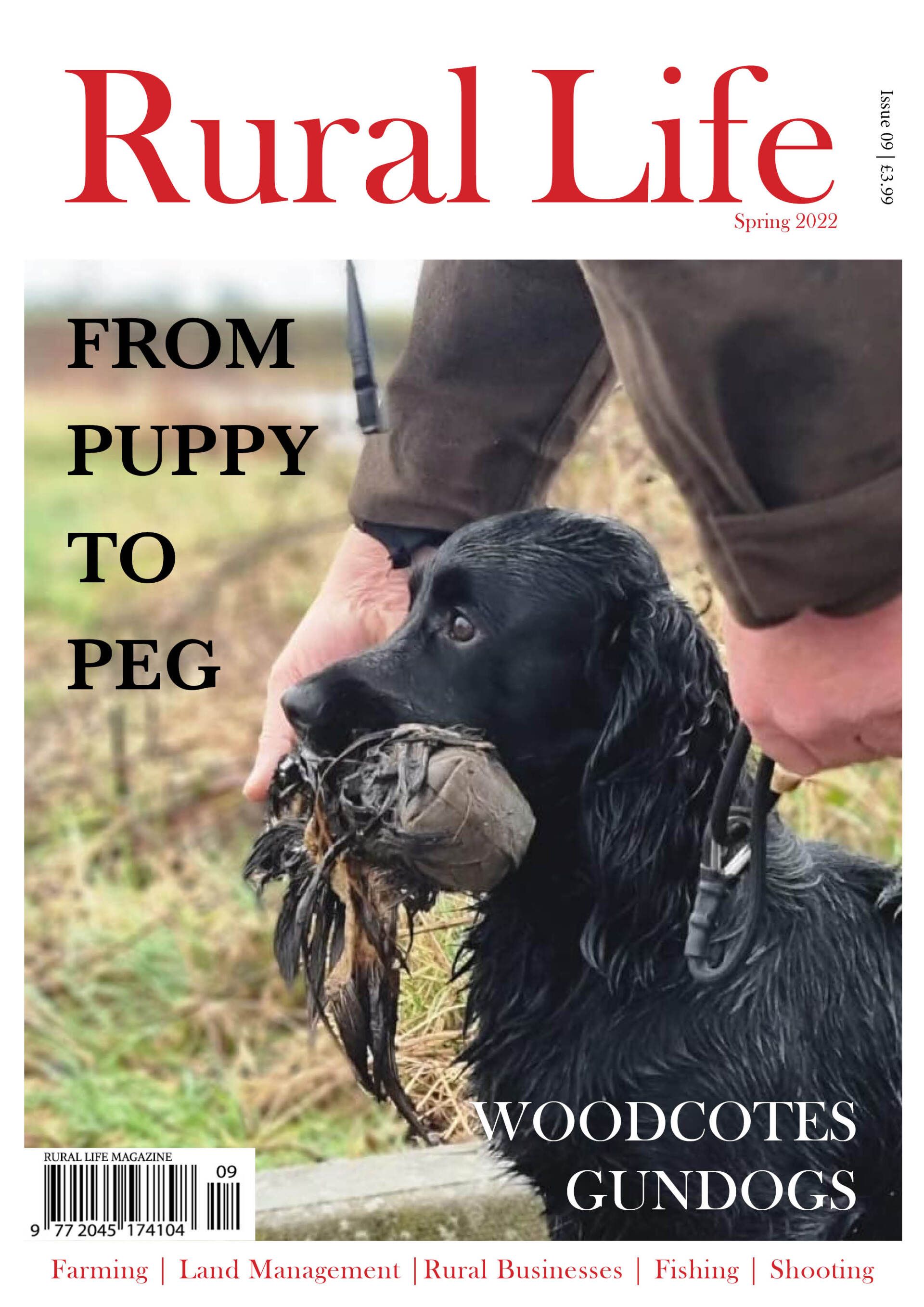
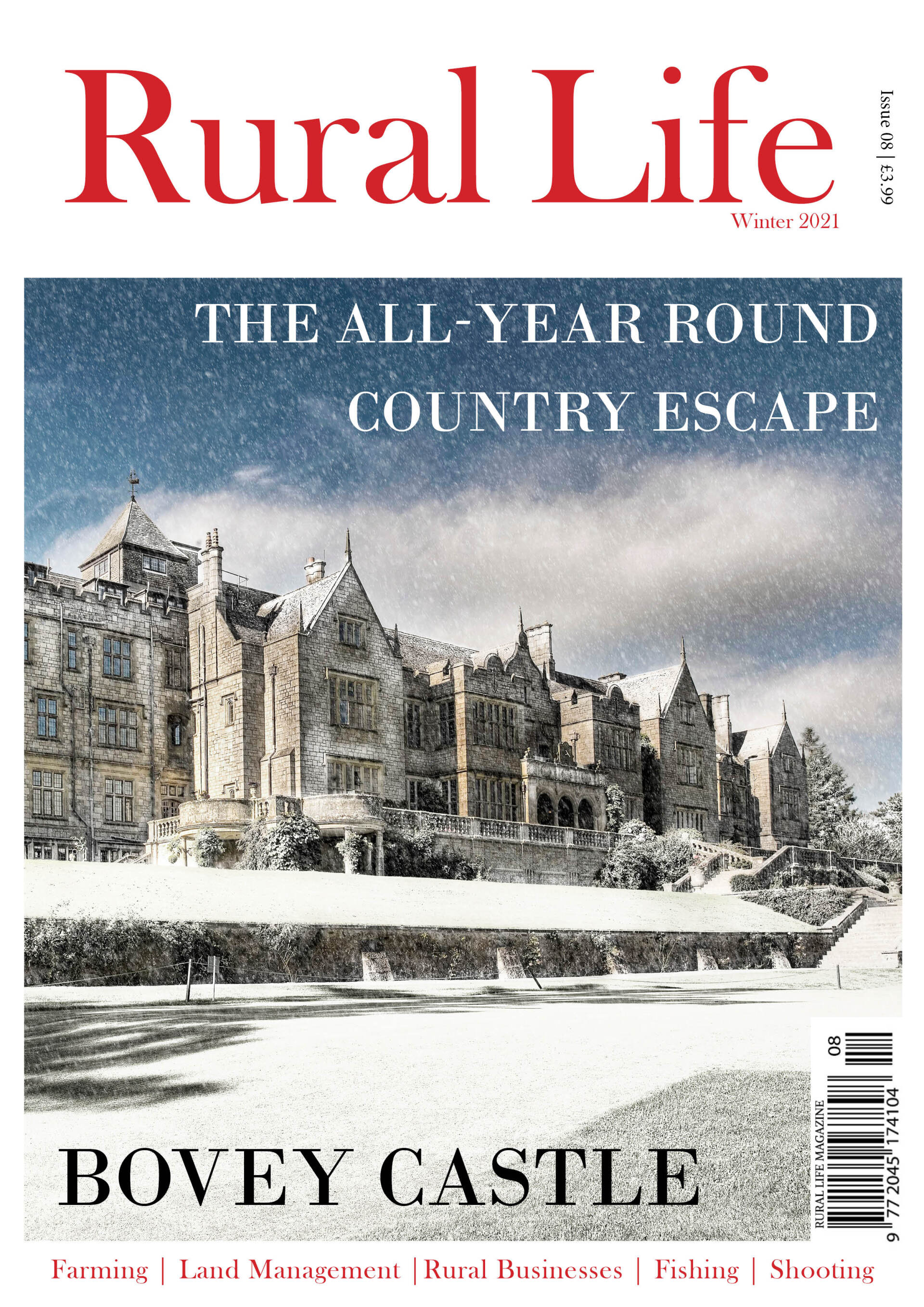
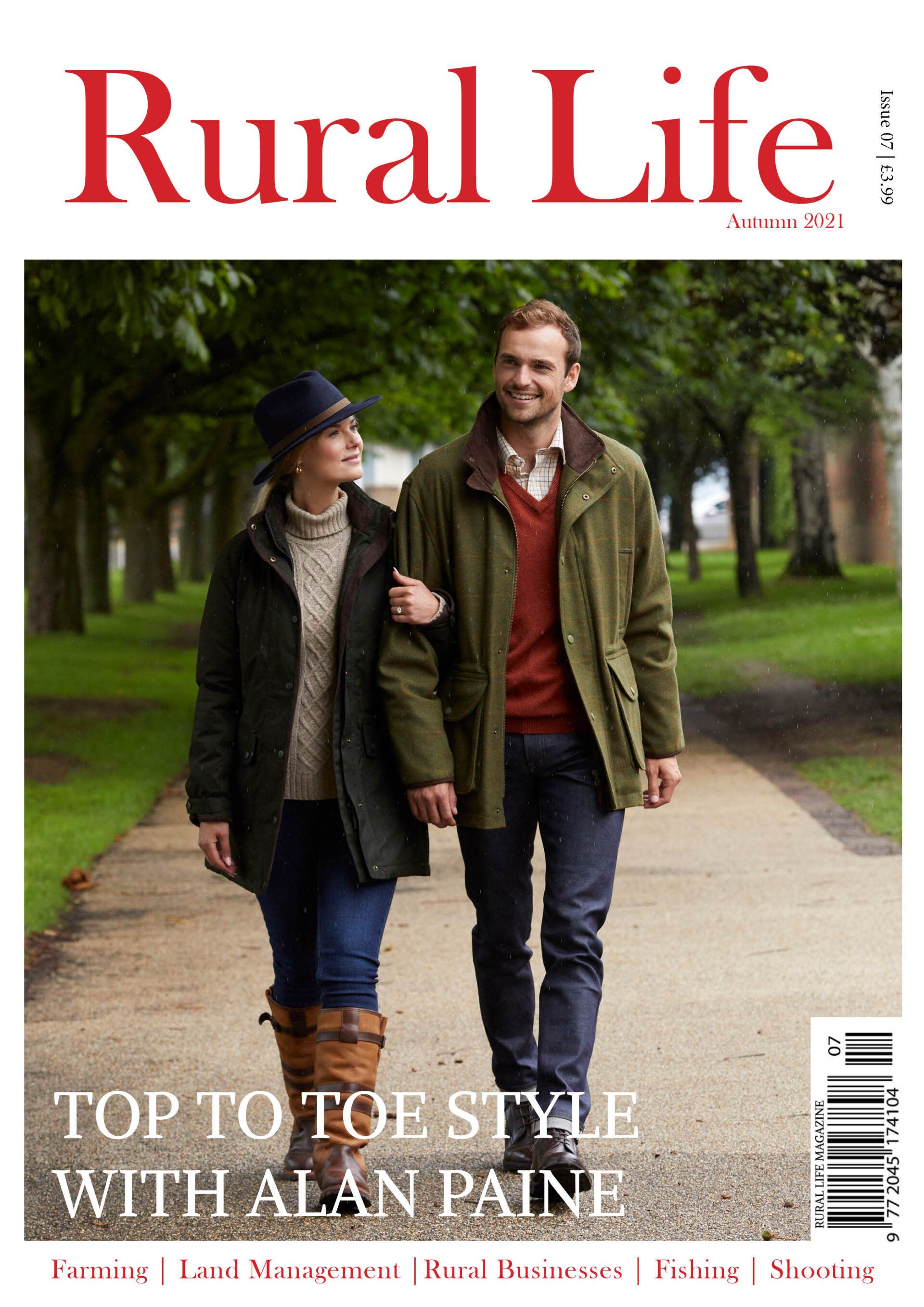
Contact Us
Contact Us
Thank you for contacting us.
We will get back to you as soon as possible
- Rural Life
Please try again later

